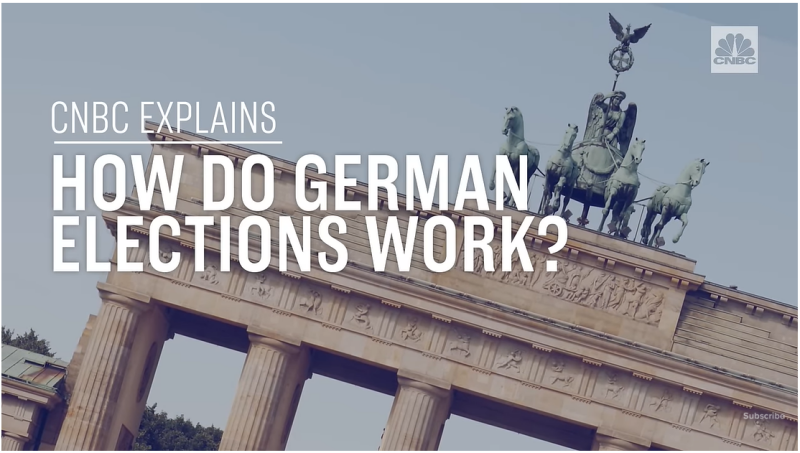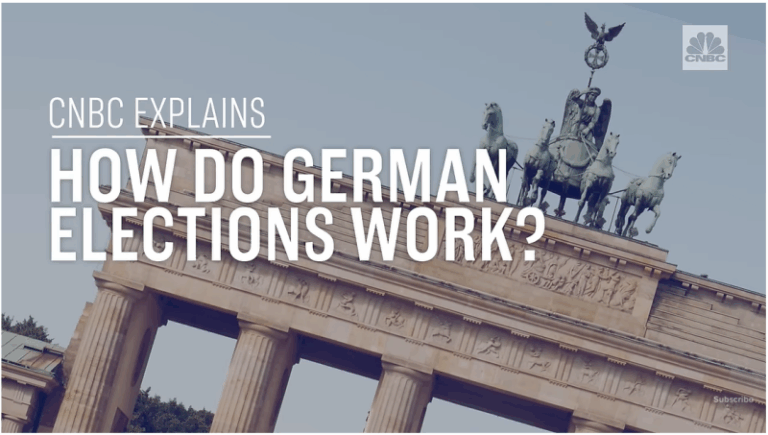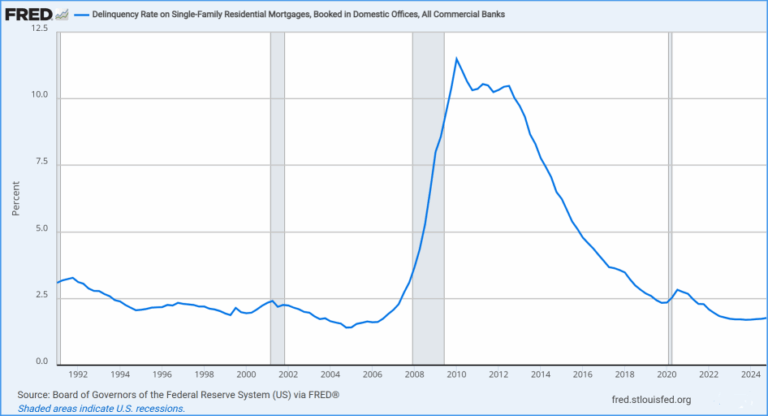
It is difficult for Americans to understand how most European governments are structured. Most people know that the UK’s parliamentary system has two legislative houses, Commons and Lords. Beyond that, they have no clue. This short video by CNBC explains how the German government is organized and the crazy, by American standards, voting system that even many Germans have trouble understanding.
As the reporter explains, German government has three branches just like the U.S., Judicial, Executive and Legislative. One big difference between Germany and America, however, is the number of political parties that participate in the voting process. In the last election there were no less than 8 parties vying for a seat in the Bundestag.
The snap election in Germany on February 23, 2025, saw the Christian Democratic Union (CDU), led by Friedrich Merz, emerge as the winner with 28.6% of the vote. The far-right Alternative for Germany (AfD) achieved its best result yet, coming in second with 20.8%. The Social Democrats (SPD) and Greens, former coalition partners, received 16.4% and 11.6%, respectively. The Free Democratic Party (FDP) failed to pass the 5% threshold to enter parliament. If you don’t know what the 5% threshold is, you will by the end of the video.
The big surprise for many Germans was the strong showing for the AfD party. The AfD are alleged to be far-right extremists by the mainstream parties. Yet more than 1 in 5 voted for them. That would make the accusations seem either exaggerated, or else 20% of the voters are extremists? Because the number of AfD voters doubled since the 2021 elections, apparently, alleged extremist rhetoric wasn’t that concerning to the additional 10% of the voters that switched parties. It was a significant shift in voter behavior.
Anyway, here’s how Germany’s government works…









